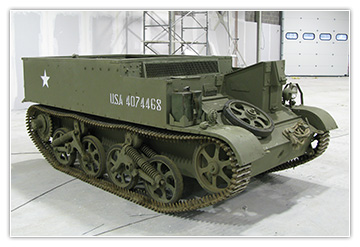First, the Kfz. 70s. I've bought a Motorized Rifle Company for blitzkrieg, and have been slowly painting it amongst my other projects. The problem with the BF transports is they only give one block of ranked up, sitting infantry for each truck! This means one either has all their trucks half full, or half of them full, the other half empty. Considering trucks are now only on the field if they're filled with guys, this seems somewhat silly, and unfortunate.
So once again, I decided to go overboard to make all the vehicles appear full. I determined to make half have covered roofs, and the other half open-topped and loaded with soldiers.
The first step was to clean-cut the folded down windscreen, and take off the collected bars at the front of the passenger compartment. Once this was done, many holes were drilled, and three or four paperclips became good sturdy frames for the covers. I have previously used blister plastic to make windscreens, which is my intent again here. I decided, since I've not done this before, to test a variety of methods of making 'canvas' covers, namely: tissue paper, newsprint (with glue and water to adhere it), or plasticard (with putty details).
I can now say with certainty that tissue paper is the best, if most finicky, newsprint-and-tissue is a decent mix for a more taut cover, and plasticard is just a nightmare. The card is too thick, too stubborn, and doesn't end up detailed enough.
Here then, is the finished group of trucks. First the guys with their passengers all ranked up, with the markings on the front to distinguish platoons. With half having the width markings, and the other half branch of service, I'll be able to have half the vehicles in each platoon be covered and uncovered, without too much fuss trying to remember who is with whom.
Finally, here's the covered trucks painted up. You can see the front canopies applied, the same front fender markings, and the variety of materials. The two at the back are the tissue paper ones, front-left is tissue-and-newsprint, and front-right is the plasticard one, with putty added after to give it some texture. The bases are flocked with two separate types of grass, one very dark and almost like dander, for 'short grasses' or low bushes, and the other a lighter green static grass.There's surprisingly few markings, and no balkenkreuzes along the side, because none of the photo research I could find had any.
Soon, I pull out the pair of Kfz. 15s and paint them up, and then the transport section for my force will be finished!





















